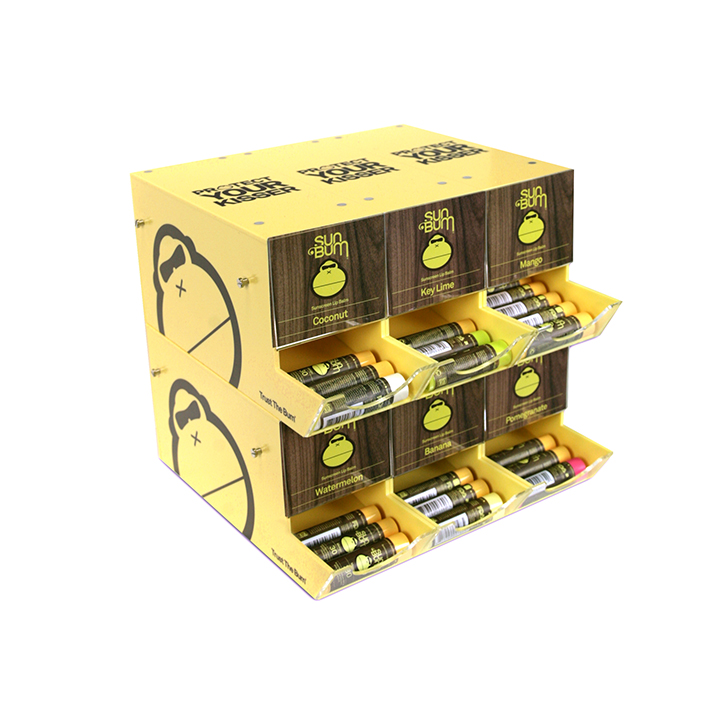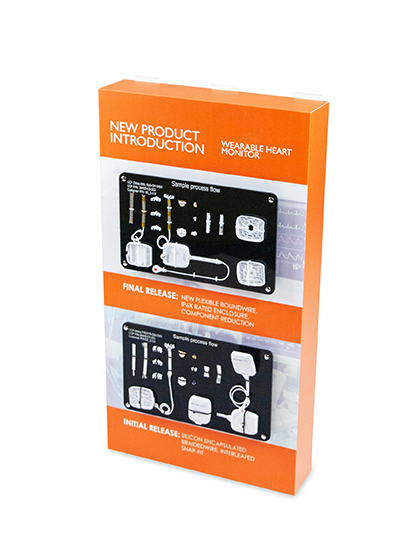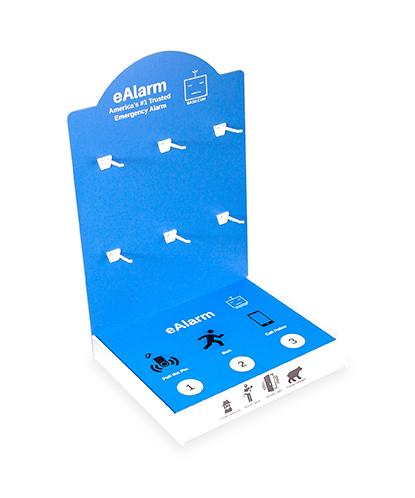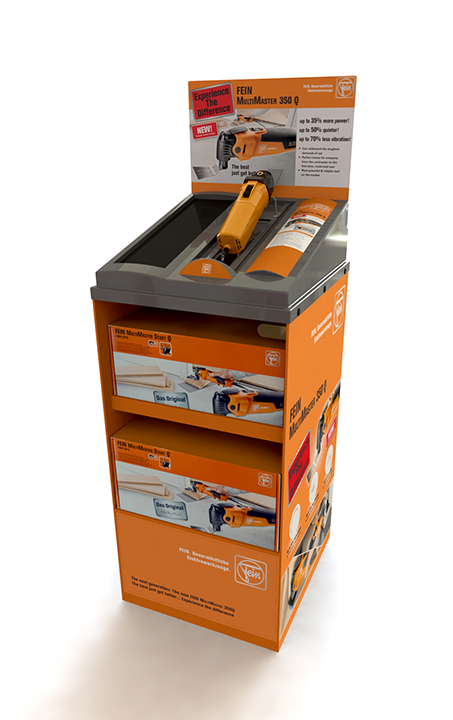Welcome to Part III of our series on choosing the right materials to ensure the success of your instore display. The purpose of our series has been to emphasize the critical importance of selecting the best materials early in the design process to ensure your store display cases meet all of your objectives, particularly those objectives related to visual appeal, economics and budget, and brand image
In Part I we discussed wood, and in Part II we covered metal, two of the most commonly used materials in the POP display industry. Today we’ll wrap up our series with a discussion of plastic.
The growing concerns over climate change and global warming have fueled increased scrutiny of plastics. Consider, for example, the following:
● There are over 5 trillion pieces of plastic floating in our oceans.
● 73% of the world’s beach litter is plastic.
● Of the more than 6.3 billion tons of plastic waste that has been generated, only 9% is recycled.
While these and other sobering facts are creating continued momentum within the POP industry to find sustainable material alternatives to plastic, it is likely that plastic will continue to play a role in the world of merchandising for the foreseeable future. Let’s look at the 4 main categories of plastic most commonly used to make instore displays or retail counters for stores.
- Acrylic– Acrylic owes its popularity to its optical clarity and transparency, its high resistance to temperature and chemicals, its light weight relative to glass (half the weight), and its significantly higher impact resistance compared to glass (17 times greater). Clear acrylic can be a great choice where product visibility is key, but colored acrylic is also very popular.
A number of examples of acrylic displays we have made are shown below. The Sun Bum lip balm display is a good example of combining custom colored acrylic with clear acrylic, direct printed graphics and vinyl graphics, and embedded magnets to attach multiple units together.
Clear acrylic is a good choice for displays such as the podium glorifier we made for Dragon Alliance.
Acrylic also works well with lighted applications such as the LIVIVE display shown below.
Acrylic has always been a preferred material choice in the beauty and cosmetics industry because it can be precision cut and has a high-end look. The Bodyography display below is just one example.
Acrylic is also a popular choice for logo blocks. We second surface printed the two logo blocks below to create a clean look to reinforce our customers’ brands.
2. PVC– PVC is also a popular choice for making instore displays. It is lighter weight and less expensive than acrylic. It prints really well and therefore is frequently used for making signs. In addition, it can be cut, folded and glued so it provides a lot of design and manufacturing flexibility.
Let’s look at a number of PVC displays we have made using PVC. The first is the SCCY hand gun display we constructed using black PVC, EVA foam and direct printed graphics.
We designed this interactive countertop displays for Tiggly which featured a digital media player, direct printed graphics, and push buttons.
One of the main benefits on PVC is being able to V-groove and fold the material to create clean corners. The OCP display shown below features mounted electronics and a rear slatwall cleat for hanging.
PVC can be an excellent choice for a variety of counter displays like the ones shown below. The first example also features a clear acrylic container filled with water to demonstrate the waterproof benefits of the Survivor Catalyst cell phone case.
The eAlarm counter display is an example of how PVC can be used to incorporate direct printed graphics, a die-cut header/back panel, and plastic or metal hooks.
A few other PVC display examples are shown below including the last example which is a full endcap for SONY completely constructed of PVC.
3. Vacuum Formed Plastic– Vacuum formed plastic is generally used to create dimensionality when making instore displays as well as for applications such as holding product that requires a form fit, making signs or covering parts such as a vacuum formed base cover. Vacuum forming is a relatively low-tech process which requires a mold. While there are tooling costs, molds tend to be less expensive than injection molds so vacuum forming can be affordable at lower quantities compared to injection molding.
The SONY camera product tray below utilizes a vacuum formed tray to hold camera components.
The Propet footwear display features vacuum formed plastic construction with a PVC header sign and wire brochure holder.
To create more visual interest for this simple wire rack, we made a colorful 3D vacuum formed header sign for Surf City Garage.
Another example is the vacuumed formed tray top on a corrugated body we manufactured for Fein’s Home Depot display.
The BVAIN counter display shown below is an example of using vacuum formed product trays in conjunction with wire to create a better way to hold products while taking advantage of the favorable economics of wire.
4. Injection Molded Plastic– Like vacuumed formed plastic, injection molded plastic items are often used to create unique 3D shapes. They are stronger, heavier, more durable and generally more expensive than vacuum formed plastic. The tooling or mold costs are higher than those used for vacuum forming so there are usually higher minimum order quantities, and more volume is required to amortize the mold costs. We’ll share just one example. The Klutz shelves below are injection molded. We made them in bright purple ABS plastic and added an embossed logo on the front of the shelves.
That concludes our 3-part series on the importance of choosing the right materials to ensure the success for your store display cases. Thanks for checking it out.
Jim Hollen is the owner and President of RICH LTD. (www.richltd.com), a 35+ year-old California-based point-of-purchase display, retail store fixture, and merchandising solutions firm which has been named among the Top 50 U.S. POP display companies for 9 consecutive years. A former management consultant with McKinsey & Co. and graduate of Stanford Business School, Jim Hollen has served more than 3000 brands and retailers over more than 20 years and has authored nearly 500 blogs and e-Books on a wide range of topics related to POP displays, store fixtures, and retail merchandising.
Jim has been to China more than 50 times and has worked directly with more than 30 factories in Asia across a broad range of material categories, including metal, wood, acrylic, injection molded and vacuum formed plastic, corrugated, glass, LED lighting, digital media player, and more. Jim Hollen also oversees RICH LTD.’s domestic manufacturing operation and has experience manufacturing, sourcing, and importing from numerous Asian countries as well as Vietnam and Mexico.
His experience working with brands and retailers spans more than 25 industries such as food and beverage, apparel, consumer electronics, cosmetics/beauty, sporting goods, automotive, pet, gifts and souvenirs, toys, wine and spirits, home improvement, jewelry, eyewear, footwear, consumer products, mass market retail, specialty retail, convenience stores, and numerous other product/retailer categories.






















